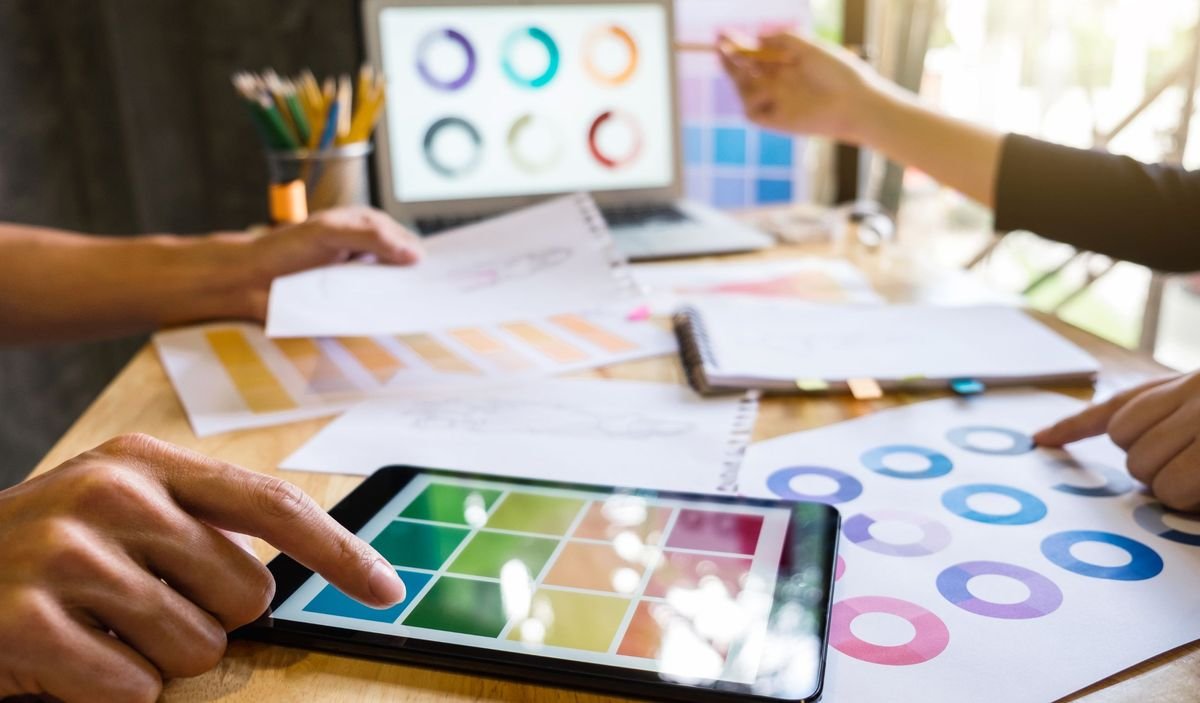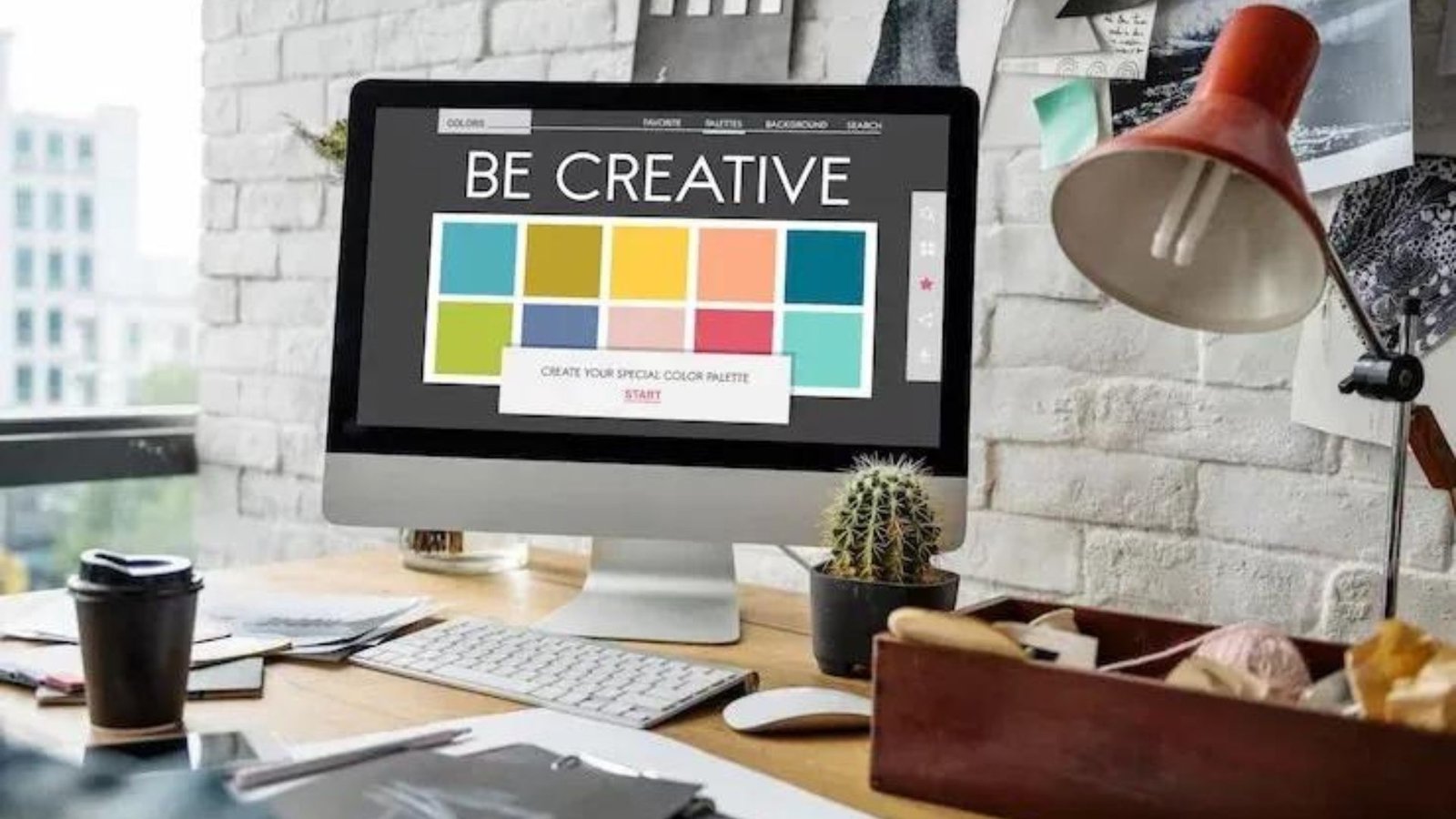Integrating visual design with user experience (UX) is crucial for creating effective and engaging digital products. A seamless blend of aesthetics and usability ensures that designs are not only visually appealing but also user-friendly. Here’s how to achieve this integration:

Understand User Needs and Goals
Before starting the design process, gain a deep understanding of your users’ needs, goals, and behaviors. Conduct user research through surveys, interviews, and usability testing. This insight helps tailor the visual design to meet user expectations and solve their problems effectively.
Create a Clear Design Strategy
Develop a design strategy that aligns with both visual aesthetics and UX principles. Define the project’s goals, target audience, and key performance indicators. A well-structured strategy ensures that visual design choices support the overall user experience and business objectives.
Design for Usability
Focus on creating a design that is intuitive and easy to navigate. Use familiar design patterns and standard conventions to enhance usability. Ensure that visual elements like buttons, icons, and navigation menus are easily recognizable and accessible.
Prioritize Visual Hierarchy
Establish a clear visual hierarchy to guide users’ attention and make information easy to digest. Use size, color, contrast, and spacing to highlight important elements and create a logical flow. A strong visual hierarchy helps users find what they need quickly and efficiently.
Maintain Consistency Across Interfaces
Consistency in visual design reinforces usability and strengthens brand identity. Use consistent colors, fonts, and design elements across all screens and devices. This coherence helps users become familiar with the interface, reducing confusion and improving overall experience.
Incorporate Feedback Loops
Integrate feedback mechanisms to gather user input and continuously improve the design. Use tools like heatmaps, user testing, and analytics to understand how users interact with the design. Implement changes based on this feedback to enhance both visual appeal and functionality.
Ensure Responsive Design
Design for various screen sizes and devices to ensure a seamless experience across platforms. Implement responsive design techniques to adapt visual elements and layouts for different devices, from desktops to mobile phones. This flexibility is essential for meeting users’ needs in diverse contexts.
Balance Aesthetics with Performance
While visual appeal is important, it should not come at the expense of performance. Optimize images, reduce load times, and ensure that interactive elements function smoothly. A well-performing design enhances user satisfaction and engagement.
Collaborate with UX Designers
Work closely with UX designers to align visual design with user experience goals. Regular communication and collaboration ensure that both teams are on the same page and that design decisions support a cohesive user experience.
Test and Iterate
Continuously test and refine your design based on user feedback and performance data. A/B testing, user feedback sessions, and iterative design processes help identify areas for improvement and ensure that the design evolves to meet users’ needs effectively.
Conclusion
Integrating visual design with user experience involves understanding user needs, creating a clear design strategy, and maintaining consistency. By focusing on usability, responsive design, and performance, and collaborating with UX designers, you can create visually appealing and user-friendly digital products. Regular testing and iteration ensure that your design remains effective and aligned with user expectations.




